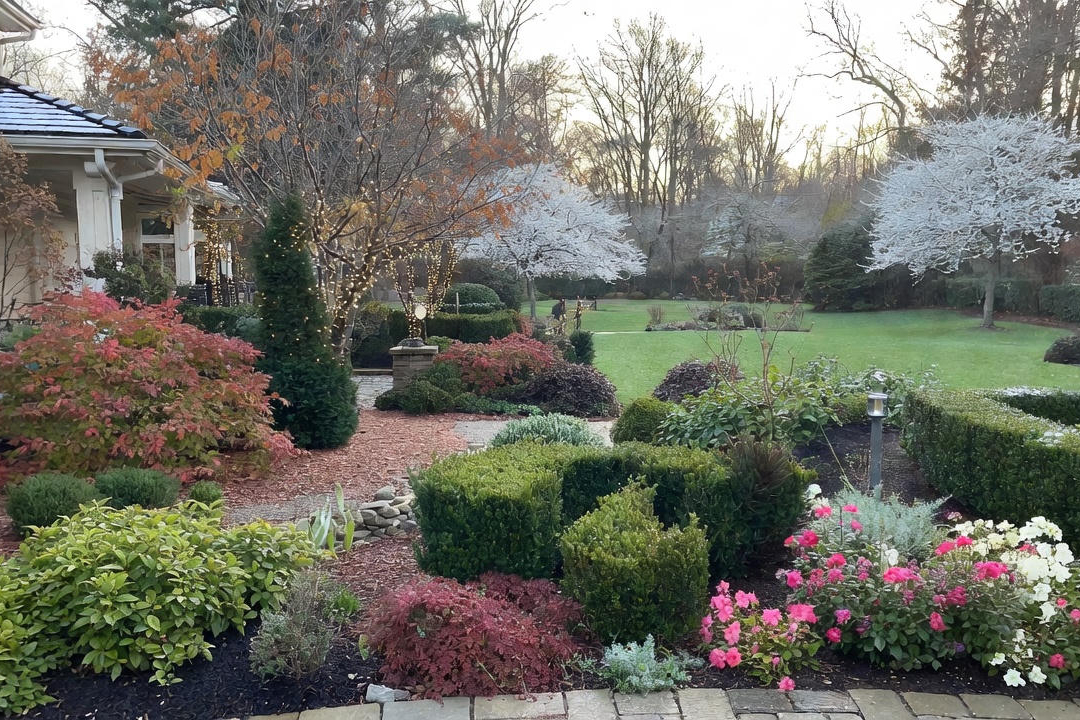Yellow Wood Trillium or Trillium luteum is considered a rhizomatous herb that flowers in April or May and is edible. This plant is a lovely addition to a shaded woodland garden or landscape as these are the conditions with which it grows in its native territory; the Great Smoky Mountains in the United States. As a spring bloomer, it makes a short appearance annually, but if left undisturbed, it will grow into large colonies that will make a stronger impact in the landscape.
Plant Profile for the Yellow Wood Trillium
Also known as: Wood Lily, Trillium sessile var. luteum, Yellow trillium
Plant Description: Wood lily or Yellow Trillium is a rhizomatic plant that belongs within the lily family. Trillium has no true leaves or stems above ground because the “stem” we see above ground is an extension of the horizontal rhizome which produces scale-like mottled leaves called cataphylls. The plant seen above ground is a flowering scape with leaf-like structures that end in a flower form which is slightly lemon scented. Performs best in shaded settings and often goes dormant in the heat of summer, to reappear in the following spring.
Special Note: This plant does not transplant well and should not be dug in the wild as it will reduce native populations.

Plant Type: Herbaceous Perennial
Sun/Shade: Part shade to full shade
Cultivation: Grown well in consistently moist, but well-drained soils which are close to the native woodland soils of the middle-United States. Prefers rich, humusy soil with leaf mold and a regular watering routine. Very difficult to propagate by seed.
Height: 1 to 1.5 feet (.30 to .45 meters)
Width: 1 to 1.5 feet (.30 to .45 meters)
Bloom: Yellow
Bloom Time: Late spring
Origin: Southeastern United States
Zones: Zone 4, zone 5, zone 6, zone 7, zone 8
Wildlife: Flies and beetles
Landscape Uses: Native and naturalized gardens, woodland gardens, wildflower gardens, forests, mass plantings
Special Features: Recipient of the Award of Garden Merit of the Royal Horticultural Society. Genus name – trillium – is a nod to the leaves, petals, and sepals, which all appear in groups of three. Considered an ornamental edible for its delicious spinach-like greens; but the roots and berries should be avoided.
Download iScape now and learn about all types of woodland plants that work in naturalized landscape designs. iScape it!





.jpg)
